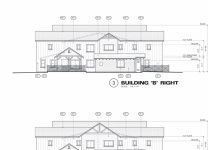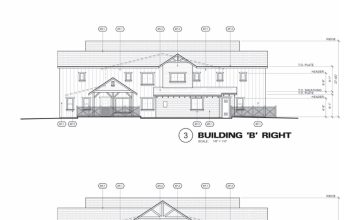GILROY
– A proposed solar power law was tentatively reviewed by City
Council and will be on a future agenda, but probably not until
2005.
GILROY – A proposed solar power law was tentatively reviewed by City Council and will be on a future agenda, but probably not until 2005.
City Council sent the proposed “Gilroy Energy Independence Ordinance” to city staff for further review during a June 11 retreat and will discuss it at the next council retreat in January. The proposed ordinance would require businesses use solar power or face potential fines for polluting Gilroy’s air, already considered some of the worst in the Bay Area by the Air Quality Management District.
“Right now, we’re having staff bring ideas from other cities as to what we’re doing and council will gather this info at our next retreat and talk about all the different issues,” Mayor Al Pinheiro said.
The ordinance underwent revisions in recent months based on input from the mayor and city councilmen, said Chris Coté, a Gilroy resident and environmental activist who wrote the ordinance.
“What it’s really become – and I think very much to all those people’s credit – (is) a financial incentive, as well as an ecological ordinance, that provides real dollar money … to homeowners’ and businesses’ pockets for doing the right thing,” Coté said.
The proposed ordinance would give breaks on city impact fees and user fees to developers who use solar energy in the houses they build. Fees collected from businesses that violate the ordinance would be used to fund the Economic Develop-ment Corporation to attract new technology firms.
While City Council has been involved in tweaking the ordinance for the past six months, Pinheiro said it is still in the early stages.
“It’s not that I don’t think we need to do as much as we can do to save energy and be proactive – I want to be part of it,” Pinheiro said. “But as far as the cost and all the details, we’re not even close to it.”
As it’s written, the law would require new companies whose projects will cause Gilroy’s air quality to fall below-standard to supplement 75 percent of their traditional power usage with alternative energy sources such as solar power. .
In addition, development fees would be waived in lieu of sales tax revenue, but would establish an annual fee for businesses that exceed air pollution limits set by the Bay Area Air Quality Manage-ment District.
Gilroy’s air quality already ranks lowest among the district’s nine areas, largely the result of pollution from Silicon Valley blowing south.
But with Coyote Valley planning underway, Coté said, the timing for the ordinance is right.













